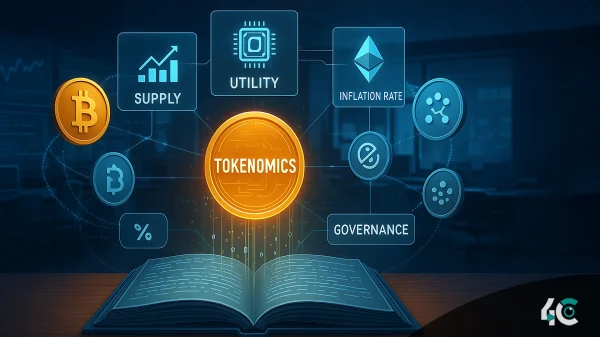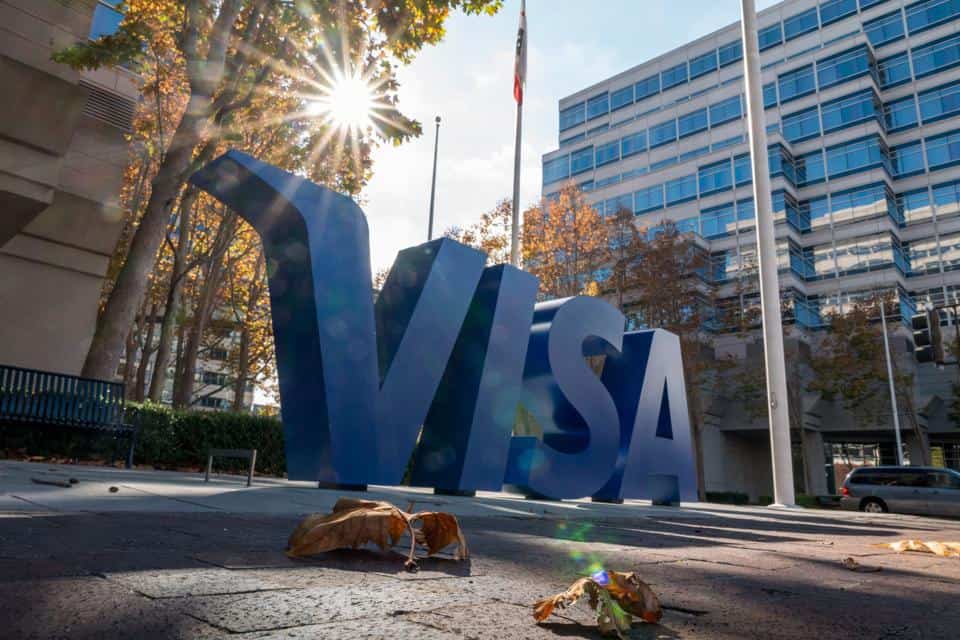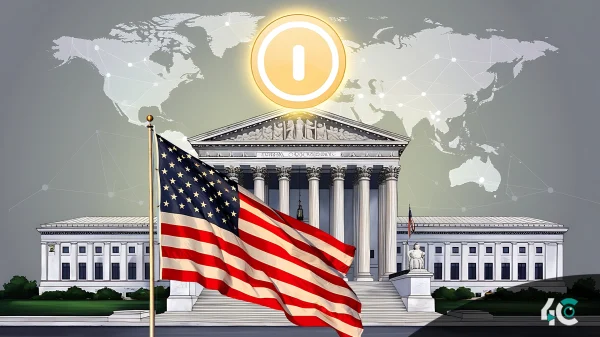ConsenSys Inc. and Visa are teaming up to begin a pilot program after discussing government-backed digital currencies with roughly 30 central banks. With Consensys’ Quorum protocol, the payments giant will develop a ‘CBDC Sandbox’, which will be available to central banks in spring. This will enable banks to experiment with distributing this cutting-edge technology after minting a solution on Consensys’ protocol.
CBDC could expand access to financial services and make government disbursements more efficient, targeted, and secure that’s an attractive proposition for policy makers. With CBDC, a central authority could send fast payments to a targeted set of users and program specific spending parameters. Residents of a particular community facing economic hardship could receive immediate government assistance directly in their digital wallets, usable for buying groceries or other necessities at merchants accepting digital payments no waiting for a check in the mail and for those funds to be cleared in your account. That’s just one potential use case.
Catherine Gu, Head of CBDC – VISA
Blockchain based CBDBs can be built based on distributed ledger or blockchain technology. CBDC protocols, in contrast to cryptocurrencies such as BTC or ETH, are always “permitted,” meaning that central banks maintain monetary and governance control.
In order to reach CBDCs, the partnership uses what is known as a “two-tier” distribution model. The central banks would design and define the monetary and governance rules for their digital currency by using Consensys’ Quorum platform. The currency is then distributed via Visa’s infrastructure through financial intermediaries like commercial banks, which are known as financial intermediaries.
Cuy Sheffield, Visa’s Head of Cryptocurrencies noted, “we think that stablecoins and CBDCs will coexist in the future and there’ll be a number of different approaches to creating products based on that.”
Often, payment providers see digital assets backed by the government as a secure and reliable way to implement blockchain, which has the potential to be safer and faster than traditional electronic transactions.
Since 2019, Visa has been involved in crypto-related products, leveraging its existing payment network as an advantage for creating gateways for buying crypto, and converting it back to fiat currency using its conversion channels.
































